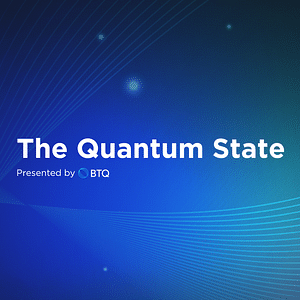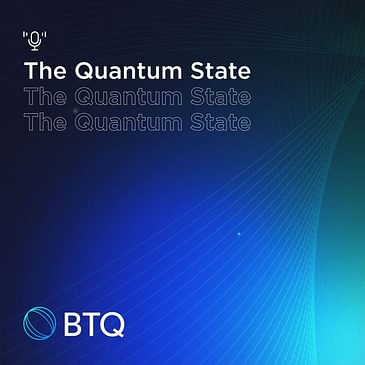In this engaging episode, Scott Genin, VP of Materials Discovery at OTI Lumionics, delves into the transformative impact of quantum computing on material science. Scott shares insights into how quantum simulations are revolutionizing the accuracy of quantum chemistry calculations and facilitating the design of intricate materials. He discusses the specific challenges in developing materials for advanced applications like OLEDs and automotive displays, and how OTI Lumionics leverages quantum-inspired methods to overcome these hurdles.
🔬 Quantum Simulations: Discover the pivotal role of quantum simulations in enhancing the accuracy of quantum chemistry calculations, enabling the creation of complex materials with unparalleled precision.
🚗 Material Challenges for OLEDs and Automotive Displays: Explore the specific challenges in designing materials for cutting-edge applications, including the need for exceptional accuracy, reliability, and rigorous testing protocols.
🌐 OTI Lumionics' Quantum Approach: Learn about the quantum-inspired solutions and algorithms that OTI Lumionics employs to expedite the material discovery process, addressing key industry challenges.
🔋 Impact on Electronics and Automotive: Delve into the transformative effect of computational materials design on the next generation of consumer electronics and automotive applications, driving innovation in display technologies.
🎛 Adoption Across Industries: Uncover the factors driving the adoption of quantum computing across different sectors, emphasizing the synergy with legacy systems and the quest for accelerated material validation.
💡 Future Trends in Display Technology: Get insights into potential industry shifts, including the optimization of OLEDs for blue color and longevity, and the advent of transparent and heads-up displays in automotive.
🚀 Quantum Hardware for Chemistry: Discuss the promising types of quantum hardware for quantum chemistry applications, including programmable bosonic modes and stable qubits.
🤝 Collaboration and Training: Highlight the importance of aligning academic research with industry needs, the essential training for scientists in quantum technologies, and the potential of collaborations with firms like Nord Quantique to advance materials discovery.
https://www.linkedin.com/in/scott-genin-943a9118
🎧 Stay Updated: Dive deeper into the intertwining worlds of quantum technologies and blockchain by subscribing and hitting the notification bell for more insightful episodes of The Quantum State.




